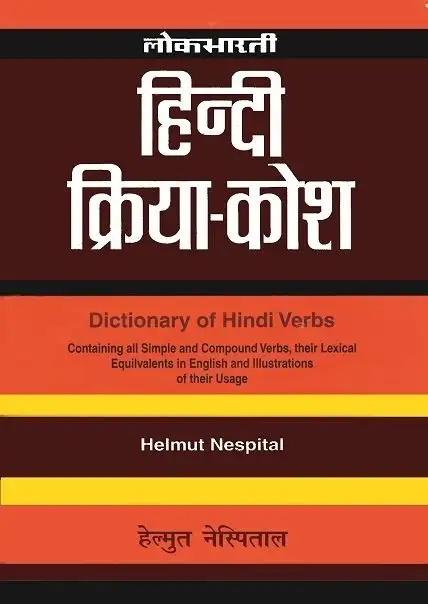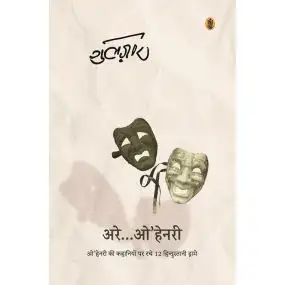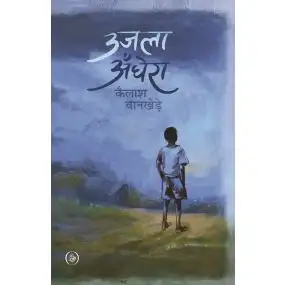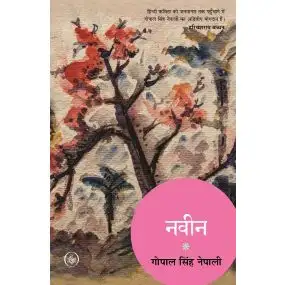It is a pioneer work in the field of Hindi lexicography, lexicology and the linguistic analysis connected with it, because :
It is the first Hindi dictionary that contains :
(a) all simple verbs (e.g. आना, जाना, मरना...), as well as
(b) all compound verbs (e.g. group II : चल देना, डूब मरना, भगा ले जाना, उठ खड़ा होना...) and group II : दे भगाना, ले चलना, ले डूबना...) of the present standard language, in both its written and spoken form.
The laxical meanings of all simple and compound verbs :
(a) age given in detail in English and
(b) are illustrated by representative examples of their employment taken from written and spoken taxts.
The compound verbs of group I, e.g., चल देना, डूब मरना, etc., have, in most cases, the same lexical meaning(s) as the first verb of them when this one is used as an autonomous lexeme, e.g. : डूबना4 = डूब मरना1, both meaning, here, ''to drown oneself''; the difference between these two verb forms ties in their grammatical, i.e., above all, aspectual, meanings, but also in their lexical properties and their syntactic and pragmatic functions; the compound verbs of group II, e.g., दे भगाना, ले डूबना etc. are isolated lexemes, i.e., they do not have the same lexical meaning(s) as their first member when this one is used autonomously or alone.
These phenomena cannot be fully demonstrated by the lexical equivalents of the Hindi verbs in English, therefore they are, as far as possible, additionally explained (a) in the 'Introduction' of the dictionary, (b) in the entries of the verb lexemes and (c) by means of the textual examples of their usage.
The dictionary will fill an important gap in the analysis and description of Hindi and thus it will prove to be an indipensable work for all speakers, learners and teachers of Hindi whether in India or abroad.
| Language | Hindi |
|---|---|
| Binding | Hard Back |
| Translator | Not Selected |
| Editor | Not Selected |
| Publication Year | 2008 |
| Edition Year | 2008, Ed. 1st |
| Pages | 1165p |
| Publisher | Lokbharti Prakashan |
| Dimensions | 25 X 18 X 5 |
















